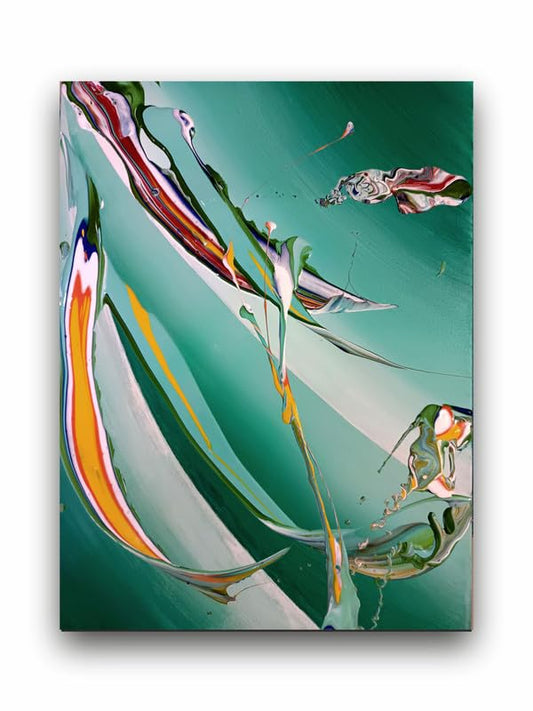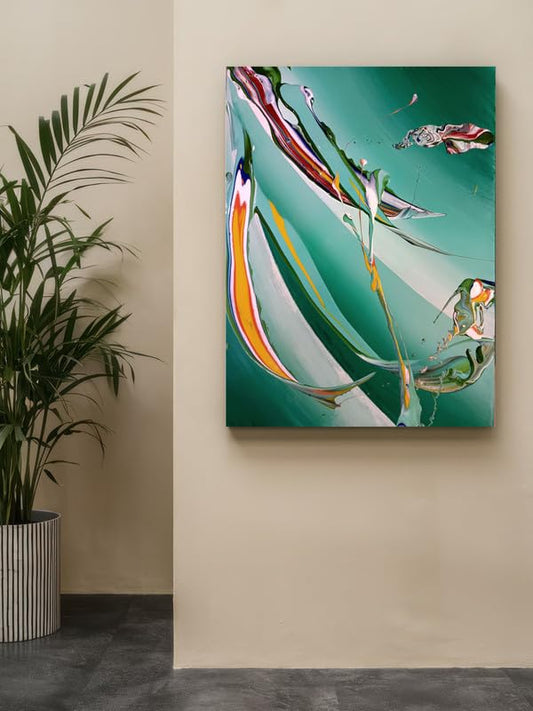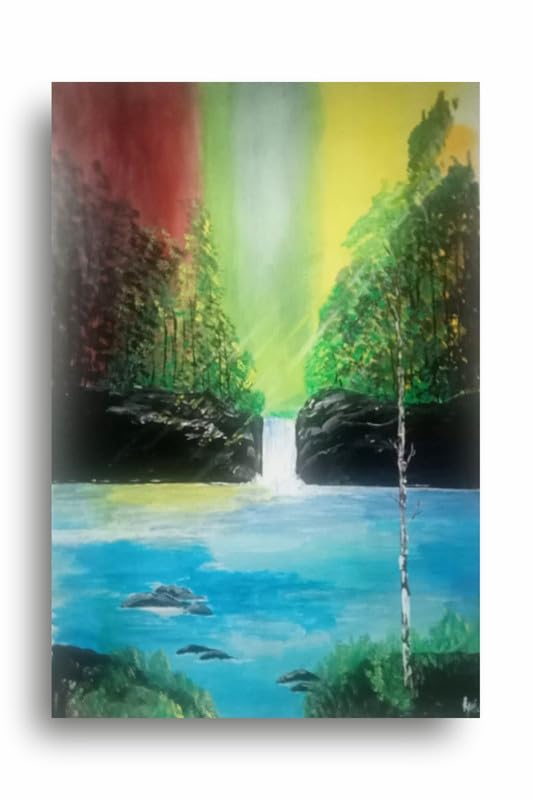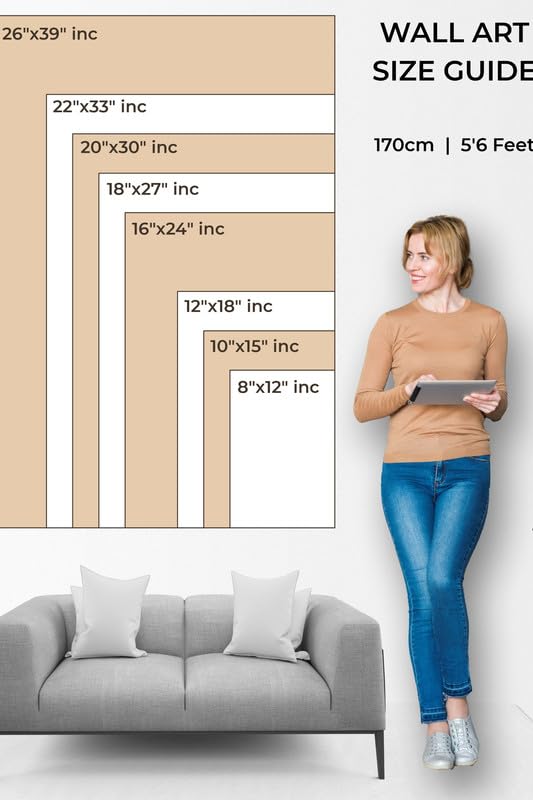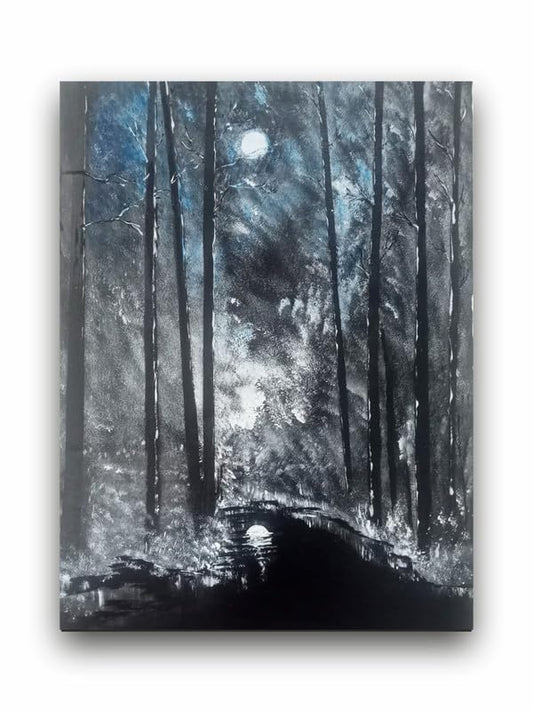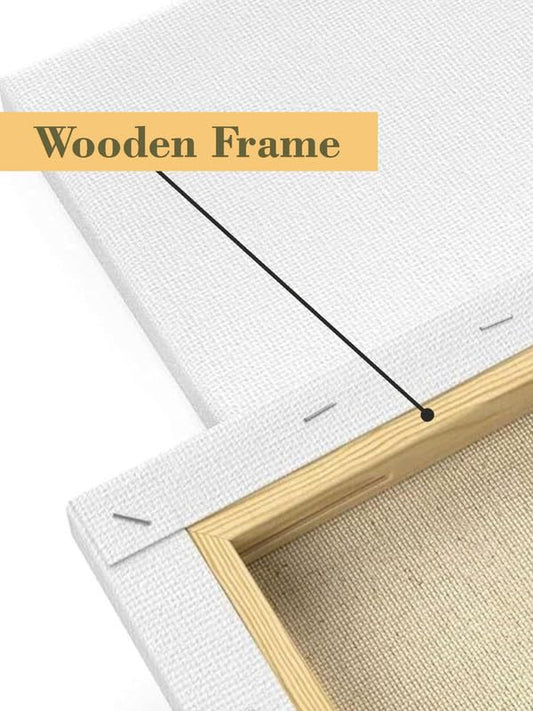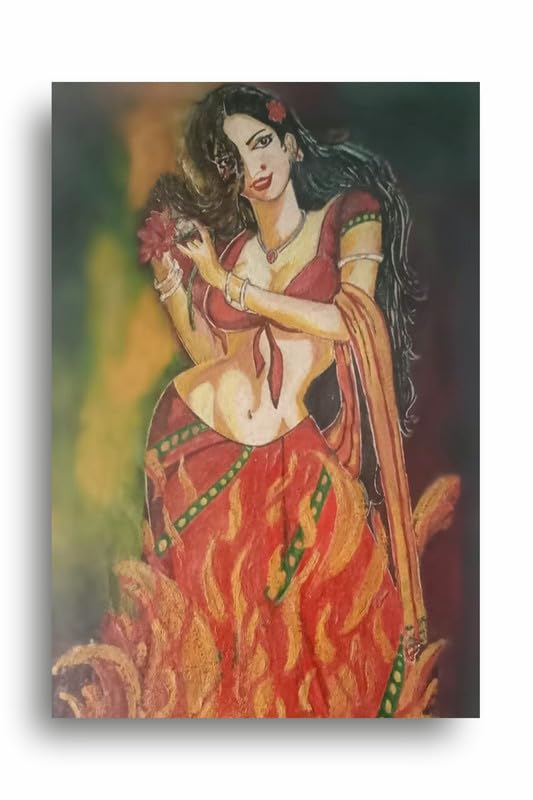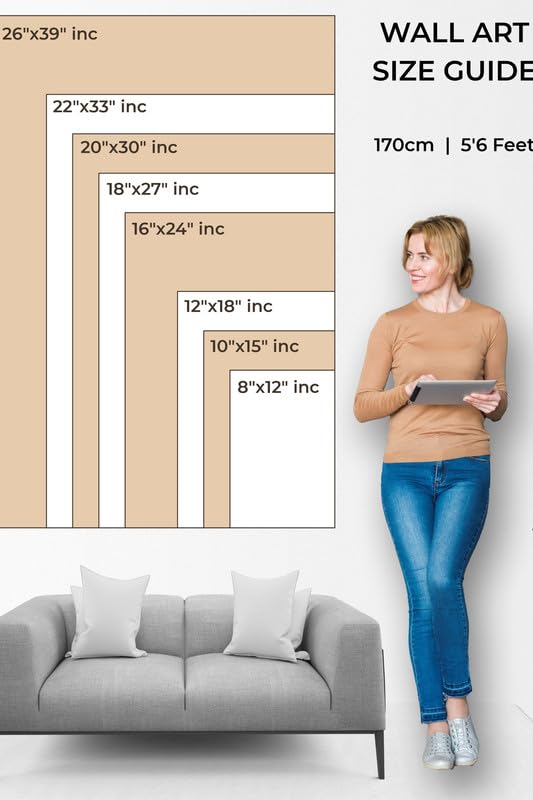
Creating Abstract Art from Everyday Objects: How to Find The Mundane Beautiful
Creating Abstract Art from Everyday Objects: How to Find The Mundane Beautiful
Art does not have to come from huge, majestic inspirations all the time. Actually, even the profoundest works of abstract art were drawn from something quite simple-the most ordinary objects that exist amidst us. Such a stand-up really makes one realize the everyday as somehow beautiful and allows for the mundane to be turned into something extraordinary. Be it when you're already a seasoned artist or when you just want to explore your creative side, creating abstract art from common objects can be a new means of discovering new views.
1. Observe the Environment:
The first step in abstracting everyday objects is just observation. Take your time and start looking around your house, workplace, or even outdoors. An ordinary object such as a coffee cup, a bike wheel, a pair of shoes, or a bunch of scattered papers may appear plain at first, but it contains unique shapes, textures, and patterns that you can explore and experiment with. Pay attention to how light falls on and off of these objects, how their shadows move throughout the day, or how they reflect color in some unanticipated way.
2. Simplify and Deconstruct:
One of the prime elements of abstract art is simplification. Now, instead of focusing on the literal image of the object, try to break down the object into the essence: basic forms, lines, and colors. For instance, crumpled paper can be shown using chaotic, jagged lines that mimic the folds and creases. A fruit bowl can be abstracted into its geometric shapes and vibrant colors so that they suggest roundness and do not exist literally.
3. Play with Composition and Medium:
Once you have established what the core aspects are of your chosen object, go ahead and try different compositions. Let them feel energetic and free on your page or paper. You can also play around with mediums; it might be paint, ink, mixed media, or even digital tools. The medium you will use will affect further the texture and emotional feel of your work. Splashes or layers of materials using bold colors add a deeper meaning and impact to the piece.
4. Let Your Emotion Guide You:
Abstract art has little or nothing to do with picturing anything real, but rather with expressing emotion through an object. Consider those feelings or thoughts the object evokes as you work so that your artistic choices are guided toward those emotions instead. Is this creating a sense of calmness, chaos, joy, or nostalgia? Use those emotions for your brushstrokes, colors, and forms. Abstract art is all about personal expression, and everyday objects often make beautiful catalysts for emotional exploration.
5. Accept Imperfections:
The best thing with practicing on familiar objects is that imperfections can be embraced. A broken plate, a squashed spoon, or a creased piece of textile can stimulate abstract art that endorses the beauty of imperfection. Indeed, a good number of abstract artists praise imperfection since it provides character and originality to their work.
Conclusion:
A Great Way to Find Beauty in the Ordinary: Turning Mundane into Abstract Masterpieces. At times, by focusing on your surroundings, you find new ways of gaining fresh perspectives and even new artistic expression by reducing real-life objects into their most simplistic forms. Consider this: next time you glance around your house or office, remember that inspiration strikes right at your very doorstep and is most often discovered in those most unlikely places. ACCEPT it and let your abstract imagination loose in the wind!
Creating Abstract Art from Everyday Objects: How to Find The Mundane Beautiful

